If it’s time for a remodel and updating of your home, you might want to consider hardwood flooring. Hardwood flooring can transform your home by adding lasting value, beauty and elegance, and a home that will make you proud.
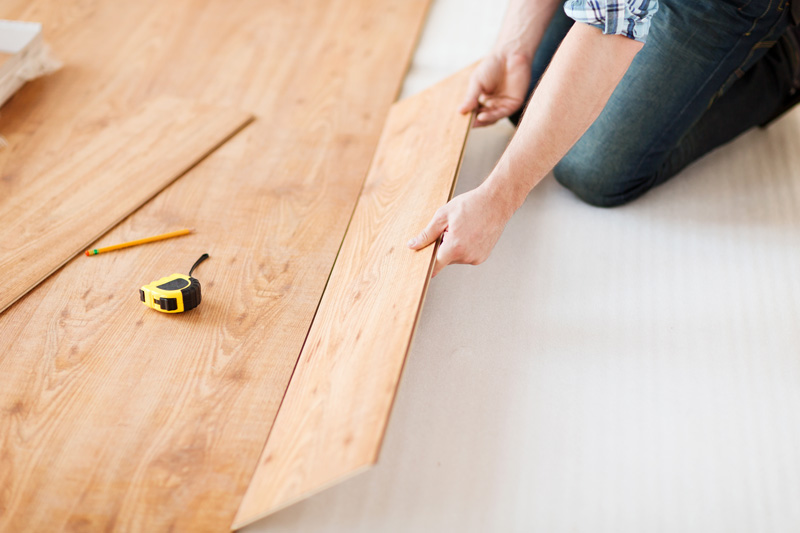
Types of Wood Flooring
Solid wood flooring is divided into three sub categories: strip flooring, plank flooring and parquet flooring. The thickness of strip flooring varies between 5/16 inch and ¾ inch, and available widths are 1 ½ inch, 2 inch and 2 ¼ inch. Though plank flooring is sold in two different thicknesses, width can range between 3 inches and 8 inches. In addition, parquet flooring has geometrical patterns that are created with wood slats.
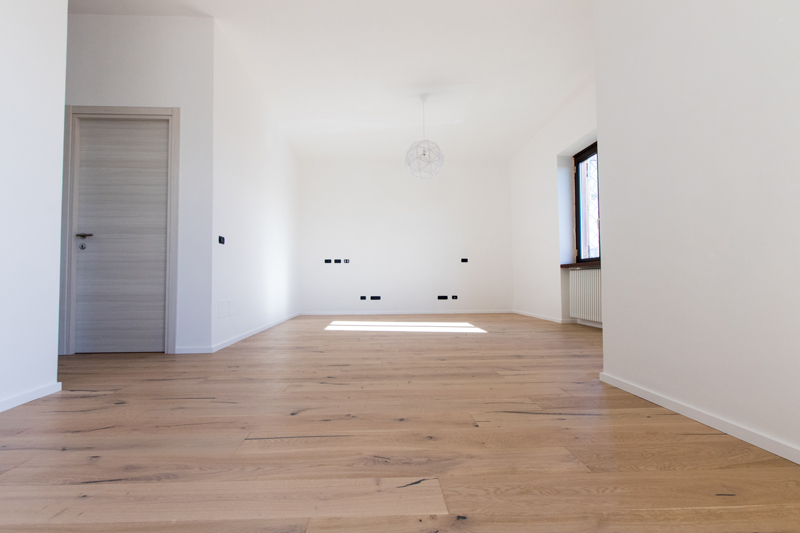
The Look of Hand-scraped Hardwood Floor
Hand-scraped hardwood floors are crafted by hand. A unique feature of these types of floor is character markings. These floors also offer the best finishes for either a modern look or an old reclaimed look. Both engineered and solid hand sculpted floors are solid options; however, beautiful hand-scraped hardwood floors are very expensive. Engineered hand-scraped hardwood floors are best suited for a structure on a concrete slab in humid conditions. In addition, a few companies market distressed hardwood flooring that has machine made markings, unlike hand made markings in hand-scraped hardwood floor. Hand-scraped floor is costlier than the distressed version, but both flooring types offer a rich look.
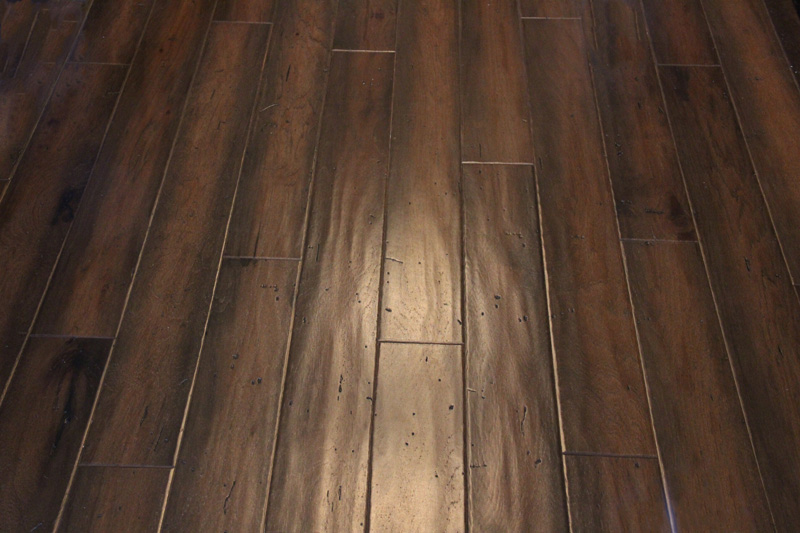
Protecting Hardwood Flooring
It is important that your hardwood floor will be able to withstand denting and wear. Of the previously mentioned woods, mesquite is the hardest one, and a southern yellow pine is the softest. In the middle of these are the yellow birch, heart pine and beech.
Generally, hardwood floors come pre-finished – this is when the manufacturer applies a finish at the factory. This finish is generally at least four coats of ultraviolet cured urethane resin. You will need to protect your hardwood floors from scratches as much as possible. Putting protective rugs under your furniture is an excellent way to prevent scratches on the floor. In addition, welcome mats at the entrance for wiping feet before walking on the floor are of great help in protecting the finish.
When choosing furniture for your home, do not buy products with sharp metal or wooden legs to prevent denting and scratching. Use of furniture coasters or felt protectors for all legs will prevent scratching from occurring. Non-staining and wide rubber cups are a must for heavy items like a piano.
The use of a paste wax on the hardwood floor with a polyurethane finish will damage it. If there is a spill on your floor, it will require immediate attention. The best way to solve this issue is by cleaning the hardwood floor with a paper towel or damp white cloth, followed by drying the area. If you follow all the rules of protecting your hardwood floor, they will last a lifetime.
The Cleaning Process
Hardwood floors are generally easy to clean with a simple sweep of a dust mop or vacuuming. They should be cleaned with products recommended by the manufacturer. Regular use of a vacuum cleaner will clean dirt, mud, grit and small stones that may spoil the finish.
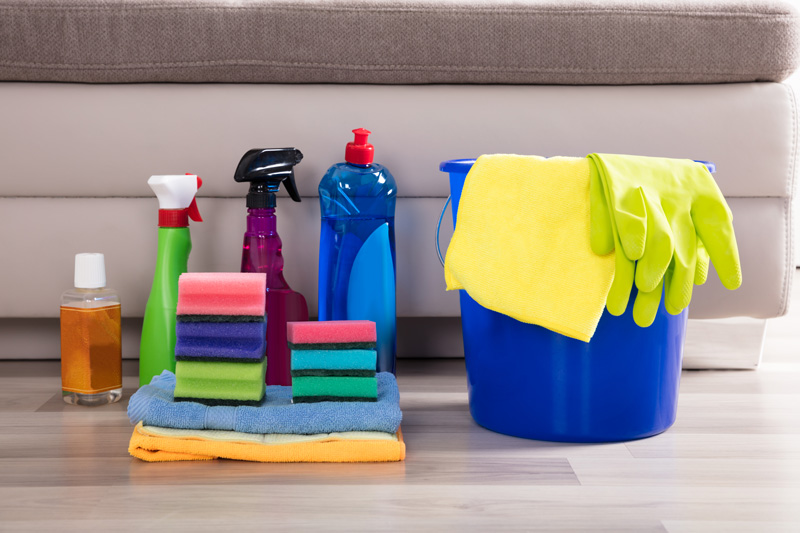
An Array of Colors
You will want to choose a color of hardwood floor that will accent your home and home furnishings. As a rule, lighter colors go with country, contemporary and casual settings whereas darker colored wood floors are for formal or traditional interiors. Of course, if you’re feeling creative and adventurous, anything goes! Your decision should be based on your visual preferences.
Lighter wood comes in white ash, sugar maple or southern yellow pine. Darker colors come in beech, birch, red oak, heart pine, mesquite and others.
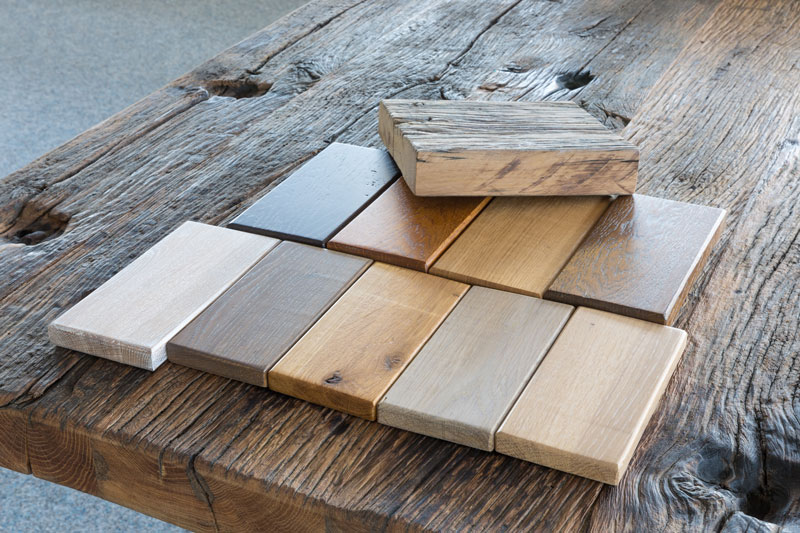
A Guide to Installation
If you are going to be hiring a contractor to install your hardwood floor, make sure to ask for references, and look at a floor they have installed. Also, ensure that the person is comfortable working with the type of wood floor that you want installed.
Once they are finished with the installation, thoroughly inspect the hardwood floor. Look at the floor from a standing position and in normal lighting. Deep swirls, sander marks or splotchy areas may mean that the floor wasn’t finished properly. However, there will be some irregularities on any wood floor, but fear not – they won’t seem obvious and will only add to the character of the floor.
Solid hardwood floors should not be installed over a concrete slab or below ground level because of high moisture sensitivity. Unsightly gaps appear when moisture dries and the floors contract in the winter heating months. The floors expand, and gaps disappear during summers. As a result, the wood planks may buckle or cup because of excessive moisture. Considering these issues, enough space should be left for expansion and wood should be acclimated. The most appropriate type of installations for these floors is nail-down installations. Also, the possibility of re-coating and refinishing increases the life and appearance of solid hardwood floors.